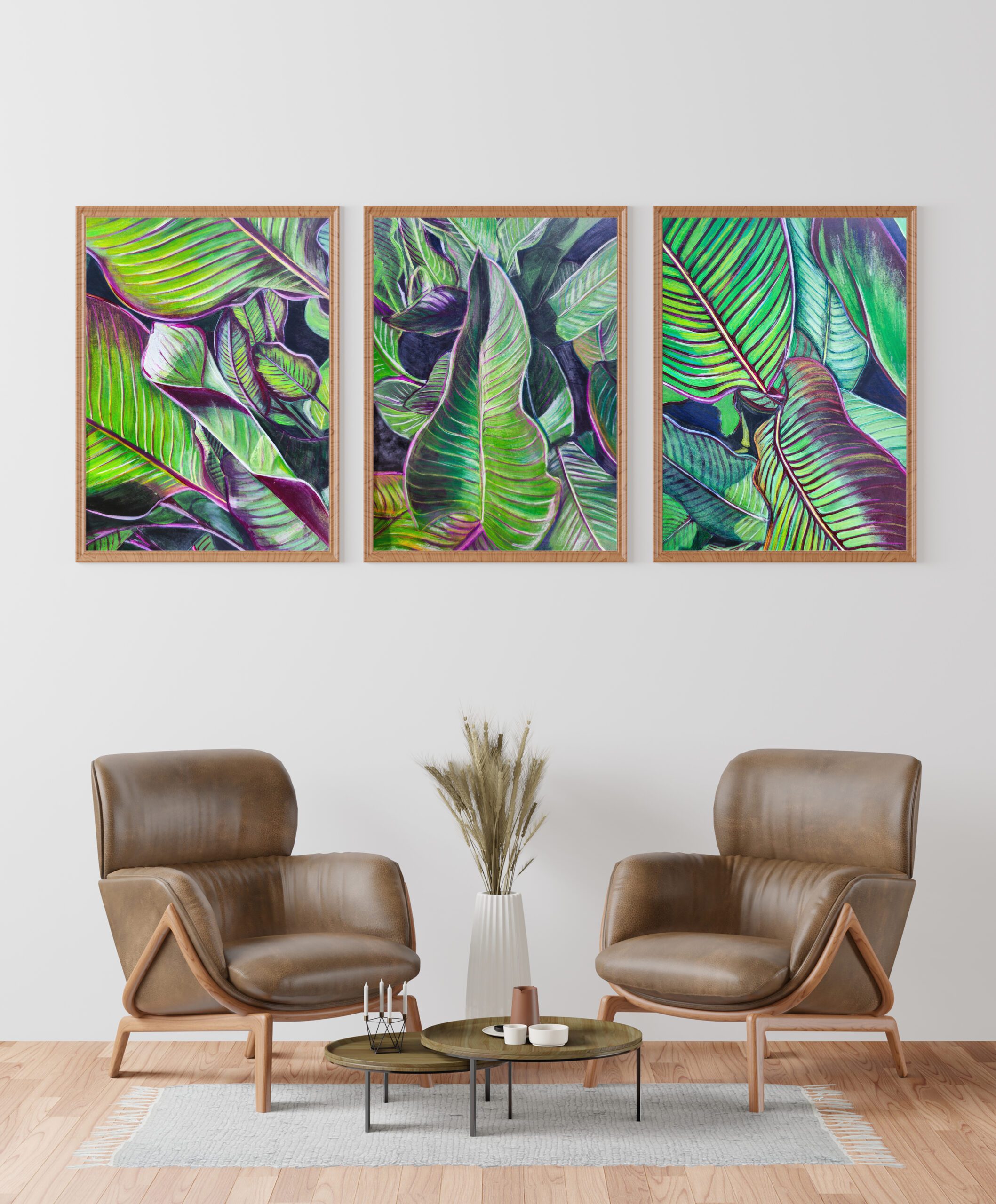Line in Nature
Lines are ubiquitous in nature, found in the intricate structure and design of everything from leaves to the veins of a bird’s feather. In fact, the lines found in nature can be considered a matter of structure, architecture, and design, as they serve both functional and aesthetic purposes.
Leaves, in particular, are an excellent example of the lines found in nature. The veins of a leaf, which serve to transport water and nutrients throughout the plant, form a network of intricate lines. These lines, known as leaf venation, can be classified into two main types: parallel and reticulate.
Parallel venation is found in monocotyledonous plants such as grasses, where the veins run parallel to each other. Reticulate venation, on the othe r hand, is found in dicotyledonous plants such as trees and flowers, where the veins form a branching network.
The arrangement of these lines in leaves serves multiple purposes. Firstly, they provide structural support to the leaf, helping it to maintain its shape and resist tearing or damage from wind and other environmental factors. Additionally, they play a crucial role in photosynthesis, as the veins transport water and nutrients to the leaf cells where they are used to produce energy.
Beyond their functional roles, the lines found in leaves also contribute to their aesthetic appeal. The intricate patterns formed by the veins can be visually striking, creating a sense of depth and texture. These lines can also be used to identify different plant species, as the arrangement of veins is often characteristic of a particular plant family or genus.
Overall, the lines found in nature, particularly in the structure and design of leaves, serve both functional and aesthetic purposes. They provide support and facilitate the transport of nutrients, while also contributing to the beauty and diversity of the natural world.


